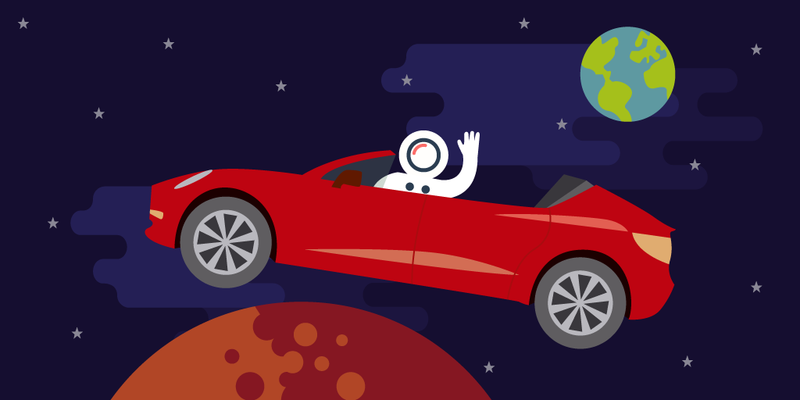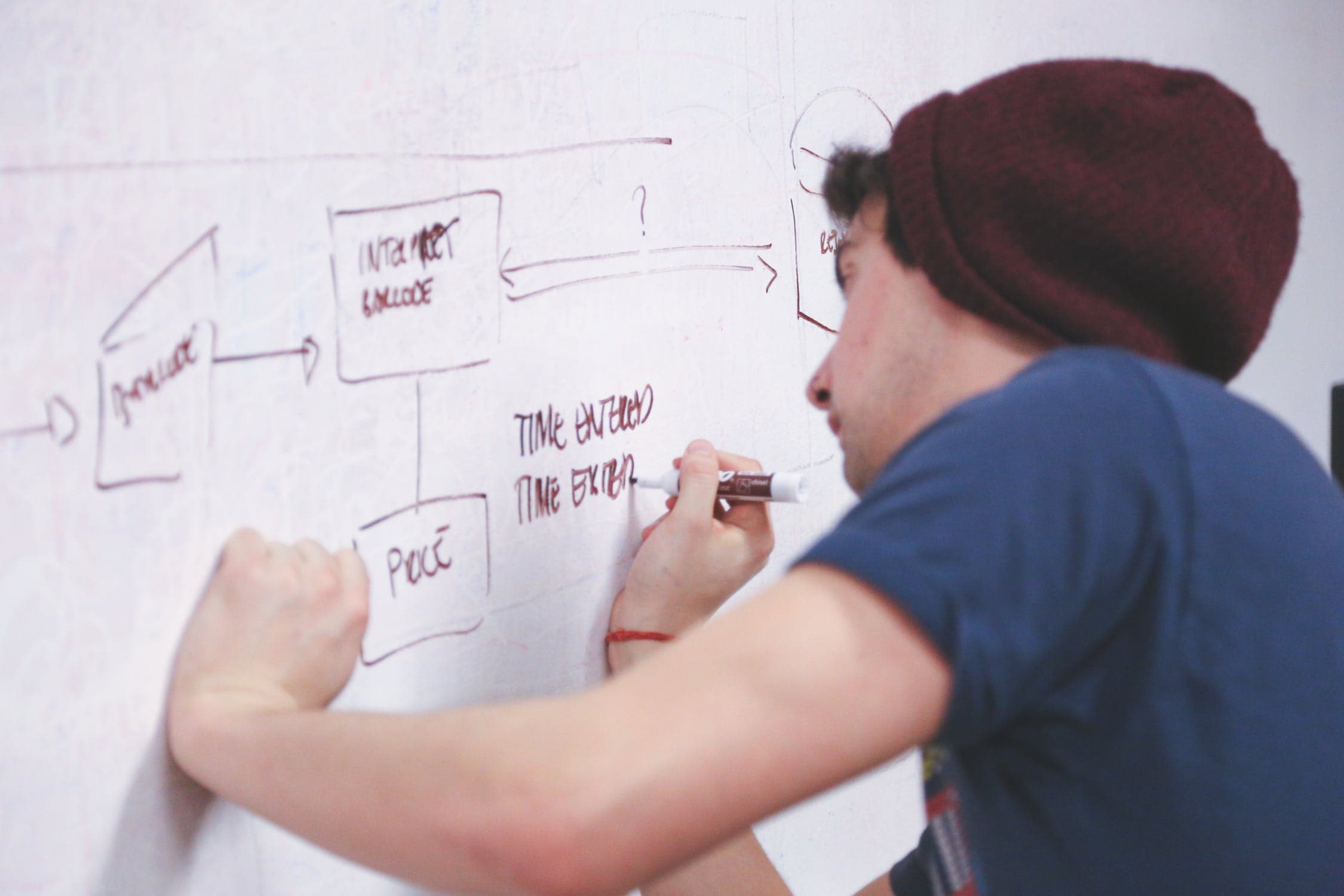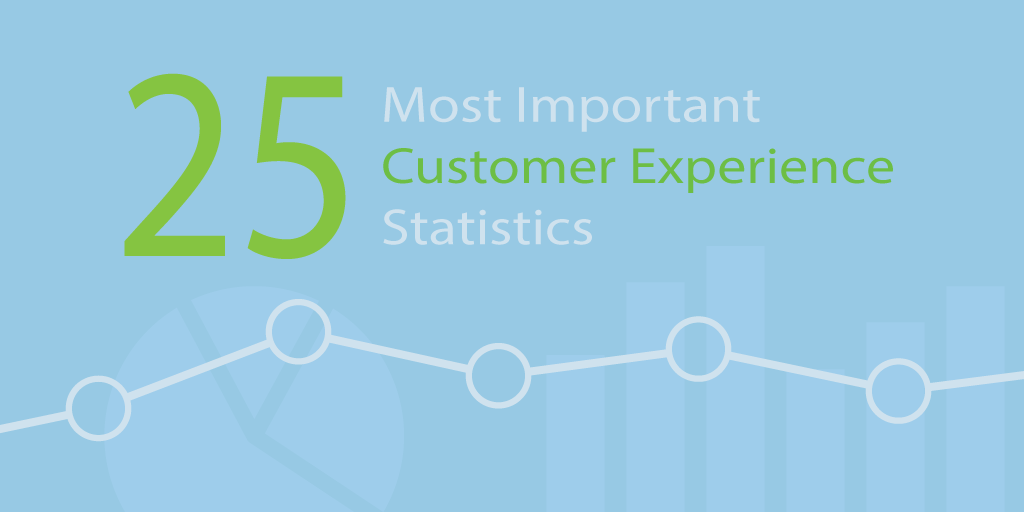If you would have mentioned Tesla just 13 years ago, no one would understood why you were talking about a dead scientist from way back when. Do the same now and watch how people start discussing Tesla cars, driverless technologies, SpaceX launch, solar panels and much more.
The multinational corporation was not the first electric car manufacturer, but it still managed to become a leader in the car industry. And even though Tesla is famed for its extraordinary milestones such as sending its Roadster into space (which you can track live here), the investors might find the company attractive for different reasons.
Yes, Tesla cars are driverless, but its success and competitive advantage are actually driven by big data. Let’s see how Tesla maintains itself as a market leader with a little help from big data.
What Is Big Data?
Regardless of its banality, big data became the main factor in business competitiveness. Data became necessary for a business to outperform others and serve its customers in an excellent manner.
Day by day, its importance is increasing. However, with the increase of its importance, its complexity is also increasing. Big data’s volume is so large that still poses as a challenge for today’s technologies for analyzing it in the correct way.
By definition, big data is a set of information mostly acquired from new data sources that is more complex and bigger in volume than normal data. Big data is characterized by 3 Vs:
Volume – The more data you have the better it is (if you analyze it of course). Big data concerns the high volume of information which is mostly unstructured. It can be your Facebook posts, website clicks, social media preferences, etc.
Velocity – Speed at which you process the data.
Variety – How different is the data (text, video, audio, picture, etc.)
However, with increased use of big data, one more V has been added to the list:
Veracity – You might have as much data as you want but if it is not accurate and has no real value for a business then it is worthless. Veracity refers to the truthfulness of data.
Tesla’s Unique Data-Collecting Method
Data collection might not sound unique — or fun — at all, especially today when most of the websites we interact with gather our data. However, Tesla did something that was indeed extraordinary.
Company’s CEO, Elon Musk, has claimed multiple times that Tesla’s AI hardware is the best one out there.
“The car should almost always hit the brakes correctly even if a UFO were to land on the freeway in zero-visibility conditions.” – The Tesla Team
Now, such a confident statement did not come out of thin air. From the very beginning, the company had a goal of becoming automotive.
And to achieve this goal, the company was constantly gathering the data from the car's sensors. The sensors track data such as cars, building, pedestrians, road signs, basically everything in its sight. If you are curious about the process, take a look at this video demonstration.
From all this information Tesla’s AI learns” the roads to such a level that it can even predict the unexpected events. Business Insider reports that by 2023 there are three million Tesla cars to be expected on the road.
With Tesla vehicles sending data directly to the cloud, imagine the amount of information it’s AI will have from three million driving cars around the world.
And if you find it hard to imagine let us make it more concrete for you. McKinsey & Co. researchers estimate that by 2030 the value of the vehicle-gathered data will reach $750 billion a year.
How Tesla Uses the Data
The company is claiming that it has acquired data from 100 million miles. All this data is used by Tesla to create data-enriched maps that show every nuance such as danger zones, speed increase on specific roads, where on average cars slow down and etc. This data is believed to be 100 times more accurate than those of the standard navigation systems.
However, road information is not the only thing that a car gathers. Let’s say that during a drive the cameras are monitoring the environment and suddenly due to unexpected circumstances the driver was forced to press the brakes hard. What Tesla does here is that it combines data from the camera, steering wheel and the foot pedals to understand the situation which will later be used as an insight.
Therefore, Tesla is also using the driver’s actions and reactions to better understand the environment and situation around the car. This finally will result in getting so much data that will make a self-driving car more feasible.
The cars are constantly connected to the internet through the cellular network. There are some discussions about features like cars communicating and sharing information with each other as well as interchanging the information with road cameras and traffic sensors for a safer drive.
One of the unique ways about Tesla AI is that the car is not programmed for explicitly detecting any object, planning a path or maneuvering specific components of the car. Rather, it has the freedom to learn on its own by observing the driver’s actions, as stated by Nvidia.
Data for Improved Customer Experience
Just because Tesla is aiming to get rid of the driver does not mean that they want to get rid of the customer as well. Quite the opposite, all the details stated above is only for making the customer experience more enjoyable and pleasant.
One of the best ways to keep customers satisfied is to provide a solution to a problem before it occurs. With a real-time information that is what exactly Tesla is doing. It anticipates and corrects the issues that might interfere with a good customer experience.
This is one of the main competitive advantages of Tesla. While other companies have a hard time figuring out how to use the customer data and ignore it most of the times, Tesla is fostering loyalty with its attention to customer insights.
Tesla’s in-depth data is not only for understanding the road but also every aspect of the customer experience. But apart from the road data, the company also carefully observes its forums for identifying some common problems experienced by customers and uses it for problem-solving. All this takes the customer loyalty to a completely new level for Tesla.
If you also want to be oriented on your customer like Tesla and have your clients always on your side, check out detailed guide about attaining the Tesla-level customer service.
Tesla kills two birds with one stone. Collecting the data company was able to get highly valuable road insights worth of billions of dollars as well as customer insights that are invaluable.
Tesla should be a role model for every company of how data-oriented mindset results in such innovations that shape our future as well as the customer experience.






